All Activity
- Today
-
Ok, I finally installed the new pipe. It has a lot more driveshaft clearance than I had before, but is a bit closer to the oil pan. I glued some FelPro exhaust gasket material to the pan as an insulator. I did have to modify my home made transmission to exhaust mount to better center the pipe to avoid contact with the crossmember. Mounting it to the trans hopefully let's them move together to avoid stressing the pipe, (old one was mounted to the body and eventually cracked). It also included FWD type spring bolts, so that should let the pipe move a bit as well. The rest of my exhaust is 2-1/2 with a dump before the rear axle, so it should be pretty free flowing. No leaks on initial startup.
-
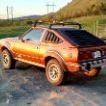
Egr and vacuum line trouble
Eagle_SX4 replied to Rusty_Panda's topic in MJ Tech: Modification and Repairs
This thread has pics of all engine options and years. Hopefully it has what you need. -
You’ve got the carbureted 2.8, right? If so, that looks to me like a mechanical fuel pump. It might just be the gasket that’s bad. If the pump still works properly, I’d just replace the gasket. It’s hard to find a good mechanical fuel pump anymore.
-
Rusty_Panda started following Leaking component
-
-
Egr and vacuum line trouble
Rusty_Panda replied to Rusty_Panda's topic in MJ Tech: Modification and Repairs
I think I'll just buy a couple feet of vacume line from the auto parts store and make it look pretty. Anyone know where I can get a photo of the 2.8l w/ ac routing? I can't make heads or tails of my diagram, thanks. -
Don't freak out if you watch our YouTube videos for MJ content and see our Ram! We did throw the tent on the Dodge for our last ghost town hunting trip. It was 1300 miles over a long weekend with highs in the mid 90's, so we took the easy way out with the white truck with A/C. 😁 We bought the Dodge new in 2005, so it's not new to the fleet, either. This does bring up a problem that I will probably need help with, though. Heather commented over and over how nice it was to have AC. I need to finish the AC conversion on the MJ. I put in an AC heater box, control panel and new evaporator, but as far as I got. Questions to come in the proper forum when I get to the electrical part. 😬
-
Fuel line problem, need part numbers.
Htchevyii replied to Skylynx's topic in MJ Tech: Modification and Repairs
An AN solution would be ideal for me! So far, no issues with the clamps on the XJ or MJ. I would feel better if there was a barb though. -
- Yesterday
-
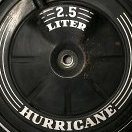
1988 2.5l fuel problems
eaglescout526 replied to North Run's topic in MJ Tech: Modification and Repairs
Sounds like the injector isn’t pulsing. has the pump been tested? -
NOS Marchal fog lights with install kit
robfg67 replied to Eagle_SX4's topic in Craigslist/eBay... i.e. Not Your Stuff
Ha, $900 isn't enough-he also has to charge for shipping too!! -
So sorry to hear that!
-
I forgot to mention, when I add fuel directly to the throttle body, it will start and run until I run out of added fuel.
-
how many miles on your truck's factory engine?
North Run replied to Pete M's topic in MJ Tech: Modification and Repairs
245,813.8 kms, or 147,488.2 miles for my Southern neighbors. -
North Run started following 1988 2.5l fuel problems
-
So I've had my Comanche off the road since 2013. Started it up and dove it around the storage yards annually. Until the pandemic I never had an issue. The new owners felt the need to siphon my full tank of fuel. So when I went to pick it up last summer it was no go. Had to winch it onto and off the trailer to bring it home. Due to a hip issue it's been parked and neglected since. Now I want to put it back on the road. It gets better fuel economy and funner to drive them my 2500HD. It'll crank all day long but not fire. Lots of spark, fuel pressure at the TBI, not sure how much. I know I replaced the fuel pump back in 2011 or 2012. I pulled the fuel filter and when I turn the key, it only cycles for maybe 3 seconds. Having not driven or worked on my baby since 2012, I can't remember if that is normal. I'm at the point of dropping the tank and testing and inspecting. The last 3 days have convinced me the world has indeed moved on since 2012, lol. 3 days to get in a fuel filter, & distributor cap. Amazingly they still had spark plugs and a rotor cap. I foresee a trip into the closest city tomorrow morning and the closest pick n pull. So long rambling story aside, is my pump running for 2-3 seconds normal? I wish I had not lent out my boroscope, it never came back :(, I know the tank was almost factory new when I replaced the pump the last time. Keeping a fuel tank completely full or completely empty makes a difference.
-
Hello, I'm really sorry for not responding sooner and to report that the trim piece is gone. I had a house fire back in January. It's been a challenging year, and I've been slowly working on putting my life back together.
-
No pics but a quick update - SYE ordered, will be here Monday. Angle of the rear diff will require some work for a double cardan shaft. The shorter XJshackle will draw the rear down another degree or two but I can work a fair amount of rotation adjustment into the SOA with slight modification. TC Plan: I have a 98 XJ 231 I bought super cheap from a NC4x4.com member back in 2022. Something's wrong inside, so I'd opted to use the 93 YJ's 231. I'll crack it open tomorrow. Front output won't move and it won't shift. Rear shaft is free. I'm going to try to cannibalize the shift rail, sector plate, rear drive sprocket and mode hub from the 98. The 98 shift rail won't need to be shortened for the SYE tail housing, and I won't have to mess with the caged needle bearings on the drive sprocket from the 93. And I'll have true neutral disconnect with the 98 sector plate.
-
There is a lot going on with that Civic. VW beetle fenders and a YJ Wrangler grille. With maybe a square body Chevy hood used as a visor.
-
BODY: TL61 BUILD: 09/14/89 SELLING DEALER: SOUTH POINT JEEP INC AUSTIN, TX *X1 DESCRIPTION NOT AVAILABLE -H9 DESCRIPTION NOT AVAILABLE ALA ALK CBAP STRAIGHT BACK BENCH SEAT CKJP BLACK VINYL FLOOR COVERING DBBC ALL MANUAL TRANSMISSIONS DCK EAAC ALL ENGINES EAFC 2.5L I4 MPI EPD 5 SPEED MANUAL TRANSMISSION GRZP LEFT REMOTE MIRROR GSZP RIGHT REMOTE CONTROL MIRROR GTZ MANUAL REMOTE MIRRORS JJAA CIGAR LIGHTER MBJA FRONT BUMPER MDAP FRONT LICENSE PLATE BRACKET PW7 SBAA POWER STEERING TAAC ALL TIRES TBB FULL SIZE SPARE TIRE TPF P205/75R15 BSW ALL SEASON TIRES WLYC ALL STEEL WHEELS YGEA 5 ADDITIONAL GALLONS OF GAS Z01P REAR SPRING GROUP I Z56P LEFT FRONT SPRING GROUP VI Z75P RIGHT FRONT SPRING GROUP V 5KKA FIRST AMERICAN TITLE INSURANCE CO. APAS MONOTONE PAINT BAQS 115 AMP ALTERNATOR BCXS Maint. Free Battery BGAS POWER FRONT DISC/REAR DRUM BRAKES CSRS DO NOT USE - SEE CLASS JV CUMS MINI FLOOR CONSOLE DMDS 3.55 REAR AXLE RATIO DRJS DANA M235 WIDE REAR AXLE GACS TINTED GLASS WINDOWS GBBS TINTED WINDSHIELD GLASS GCBS FRONT DOOR TINTED GLASS GEHS FIXED DOOR VENT GLASS GNAS REAR VIEW DAY/NIGHT MIRROR HCDS DO NOT USE - SEE HCA JAZS DO NOT USE - SEE JP, KA CLASSES JCAS 85 MPH PRIMARY SPEEDOMETER KDDS MEDIUM SILVER DAKOTA R/T BADGE K3ZS STRIPE/BADGE/MOLDING/COLOR LAPS SHIFT INDICATOR WARNING LAMP LBCS GLOVE BOX LAMP LCJS OVERHEAD AMBIENT SURROUND LIGHTING LMAS HALOGEN HEADLAMPS MB1S BLACK FRONT BUMPER MFFS BLACK GRILLE MHBS FENDER FLARES MMCS MMGS BELT MOLDINGS MMJS MOLDED-IN-COLOR FENDER FLARES NAAS FEDERAL EMISSIONS NBKS EVAP CONTROL SYSTEM NF2S 18 GALLON FUEL TANK QW7S RA8S DELETE RADIO SCBS STEERING WHEEL SFAS STANDARD DUTY FRONT SHOCK ABSORBERS SGAS STANDARD DUTY REAR SHOCK ABSORBERS TBMS TIRE CARRIER WINCH WJKS 15X6.0 STYLED STEEL WHEELS WMCS OPEN XBSS PICKUP BOX YAAS BUILD TO U.S. MKT. SPECIFICATIONS Z1AS GVW/PAYLOAD RATING 1AAS U.S. DEALER RETAIL 162S ZONE 62-HOUSTON
-
BODY: JM61 BUILD: 09/19/88 SELLING DEALER: JARREL DAVIS CHRYSLER JEEP MERIDIAN, MS *X8 CLOTH LOW-BACK BUCKET SEATS -H9 DESCRIPTION NOT AVAILABLE ADLA SKID PLATE GROUP ALN BAYP 105 AMP ALTERNATOR BCYP 95 AMP BATTERY CACP LOW BACK BUCKET SEATS CDBP RECLINING FRONT SEATS DBBC ALL MANUAL TRANSMISSIONS DDX 5-SPEED HD MANUAL TRANSMISSION EAAC ALL ENGINES EAFC ERB 4.0L I6 MPI ENGINE GFDA REAR SLIDING WINDOW GRZP LEFT REMOTE MIRROR GSZP RIGHT REMOTE CONTROL MIRROR GTZA MANUAL REMOTE MIRRORS HAA AIR CONDITIONING JAYA DO NOT USE - SEE JP, KA CLASSES JGBP JHAA VAR INTERMITTENT WINDSHIELD WIPERS PE8 DESCRIPTION NOT AVAILABLE RAAC ALL RADIO EQUIPPED VEHICLES RABA OPEN RCDP 4 SPEAKERS TAAC ALL TIRES TBBA FULL SIZE SPARE TIRE TMWA TIRES XEEP FUEL TANK SKID PLATE SHIELD XEFP TRANSFER CASE SKID PLATE SHIELD XEUP FRONT SUSPENSION SKID PLATE YGGA 9 ADDITIONAL GALLONS OF GAS Z01P REAR SPRING GROUP I Z66P LEFT FRONT GROUP XV Z85P RIGHT FRONT SPRING GROUP XIV 5AMA JF/3450 VEHICLE FAMILY 5KNA METRO CARS OF DETROIT APAS MONOTONE PAINT BGAS POWER FRONT DISC/REAR DRUM BRAKES BJAS DESCRIPTION NOT AVAILABLE BKPS 10X2.5 REAR DRUM BRAKES CKAS CARPET CSRS DO NOT USE - SEE CLASS JV CUMS MINI FLOOR CONSOLE DHNS COMMAND-TRAC PART TIME 4WD SYSTEM DJHS 230MM FRONT AXLE DMMS 3.07 REAR AXLE RATIO DRJS DANA 35 REAR AXLE GACS TINTED GLASS WINDOWS GBBS TINTED WINDSHIELD GLASS GCBS FRONT DOOR TINTED GLASS GEHS FIXED DOOR VENT GLASS GNAS REAR VIEW DAY/NIGHT MIRROR JAAS INSTRUMENT PANEL JBDS INSTRUMENT PANEL SATIN SILVER BEZEL JCAS 85 MPH PRIMARY SPEEDOMETER JJAS CIGAR LIGHTER JKBS KKES DESCRIPTION NOT AVAILABLE K2XS STRIPE/BADGE/MOLDING/COLOR K3ES STRIPE/BADGE/MOLDING/COLOR LAFS SEAT BELT ALERT-DRIVER SEAT ONLY LAPS SHIFT INDICATOR WARNING LAMP LBCS GLOVE BOX LAMP LCJS OVERHEAD AMBIENT SURROUND LIGHTING LMAS HALOGEN HEADLAMPS MBJS BLACK FRONT BUMPER MB1S BLACK FRONT BUMPER MFGS HEADLAMP BEZEL MHAS BLACK WINDSHIELD MOLDINGS MMCS MMGS BELT MOLDINGS MMKS NAAS FEDERAL EMISSIONS NBAS UNDERGROUND CALIBRATION NBKS EVAP CONTROL SYSTEM NDAS CATALYTIC CONVERTER NF2S 18 GALLON FUEL TANK QE8S DESCRIPTION NOT AVAILABLE SBAS POWER STEERING SCES STEERING WHEEL SFAS STANDARD DUTY FRONT SHOCK ABSORBERS SGAS STANDARD DUTY REAR SHOCK ABSORBERS TBMS TIRE CARRIER WINCH WJDS WHEELS XBSS PICKUP BOX XFAS -35F PROTECTION ANTI-FREEZE YAAS BUILD TO U.S. MKT. SPECIFICATIONS Z5AS GVW/PAYLOAD RATING 1AAS U.S. DEALER RETAIL 165S ZONE 65-NEW ORLEANS
-
I had welded my old rims to fit the new bolt pattern, but at around 110–120 km/h, the car started to wobble a bit. Today, I went to check out some new rims and a set of 38.5" Super Swampers. When I got there, the guy had a set of 40" Cooper tires already mounted on the rims. He wasn’t planning to sell them—but I managed to convince him. So now I'm rolling on 40s! 😄 My old rims and new ones, got to weld beadlocks on them but as sweden offroad tour is starting tomorrow I do not have time.
-

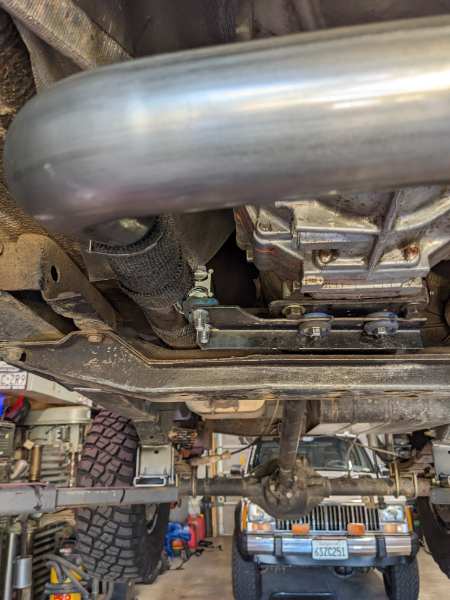


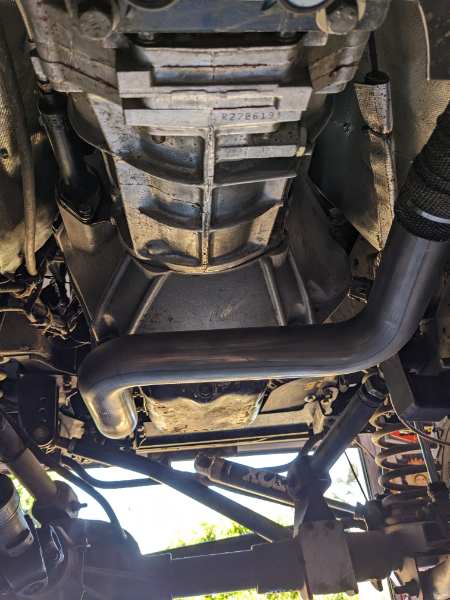

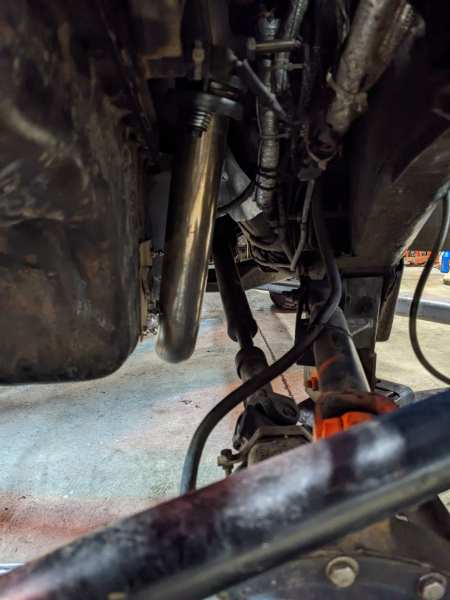

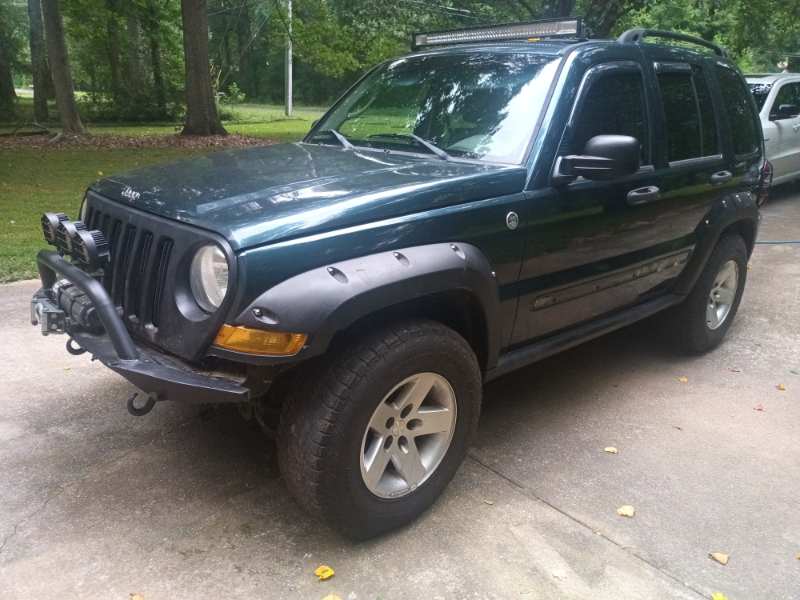
.thumb.jpg.1661c994f7a5b4b3b1a579e2639a8e4b.jpg)
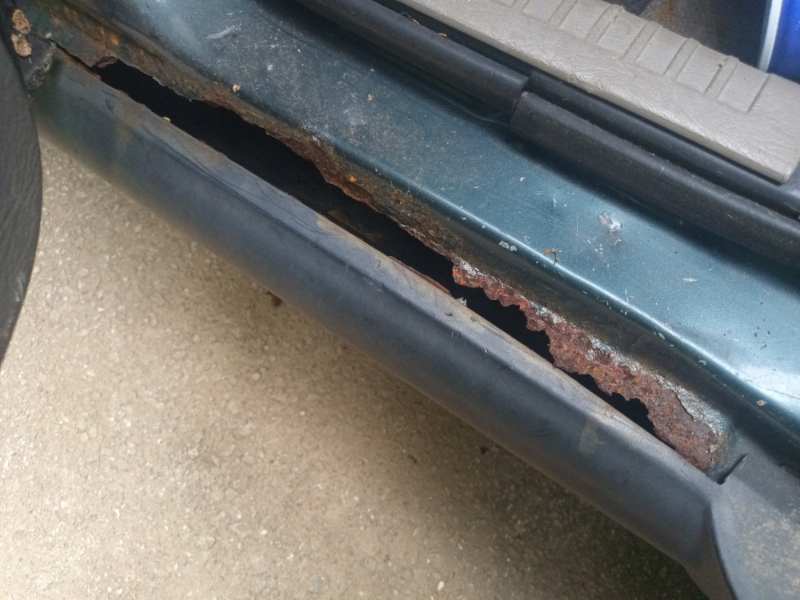
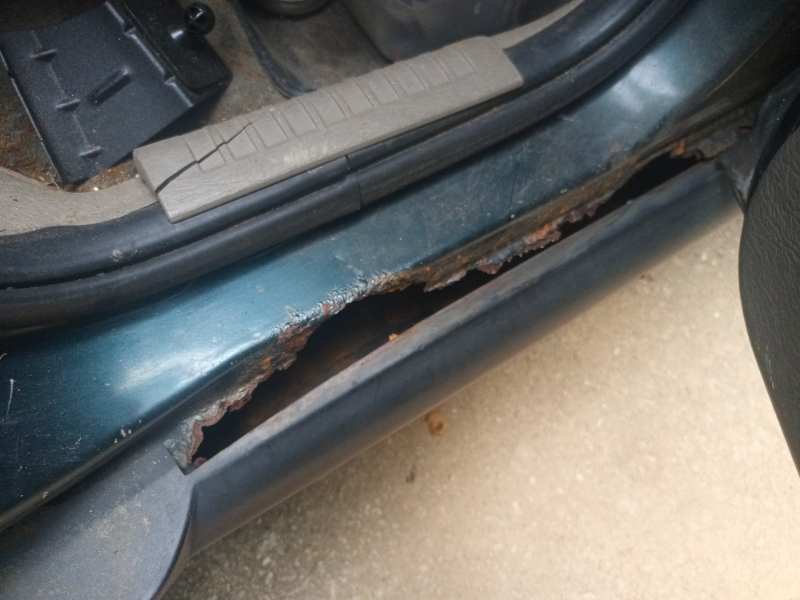
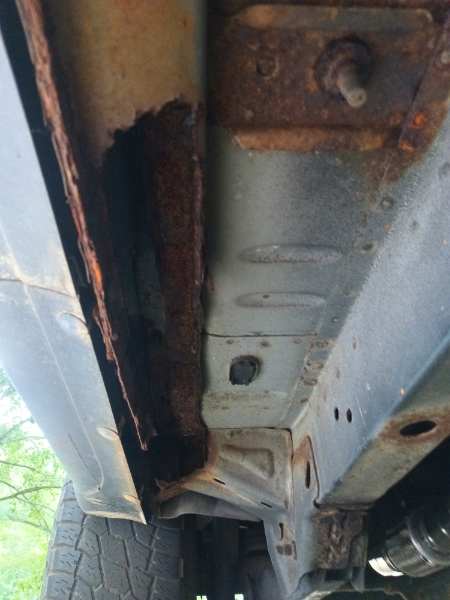
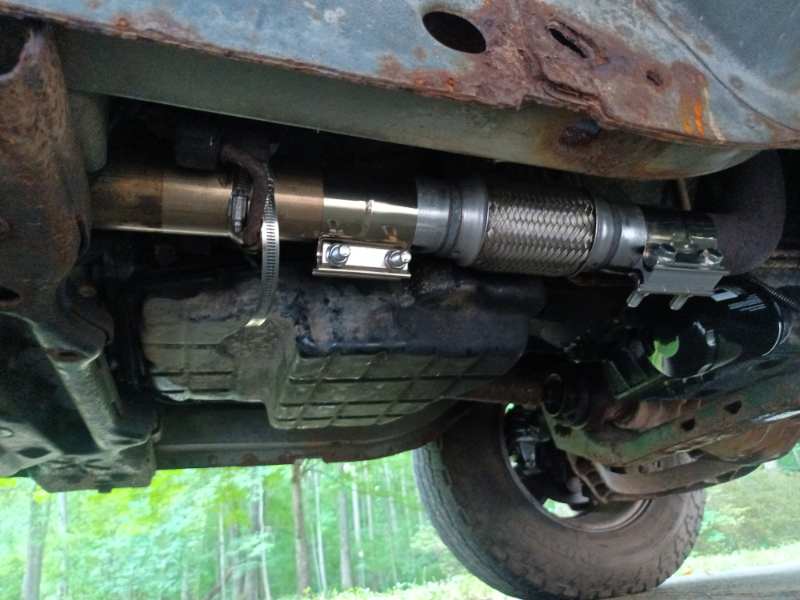
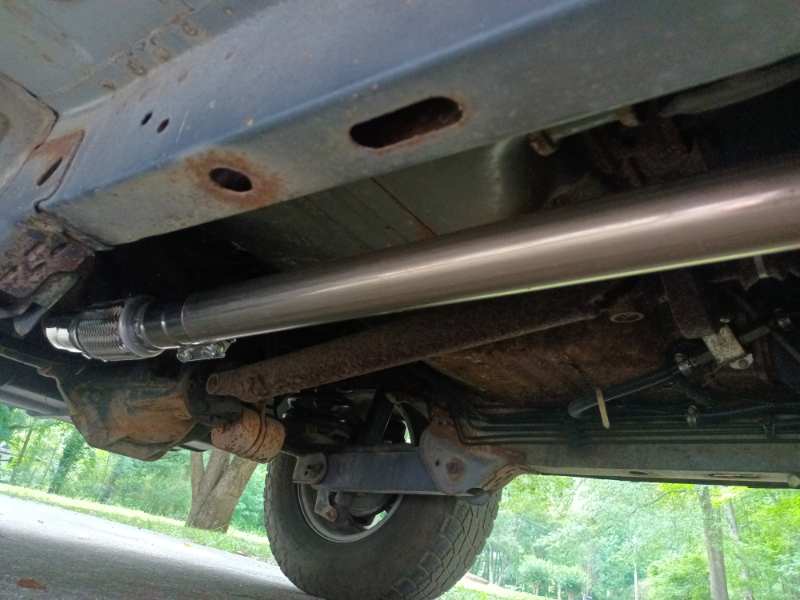


.thumb.jpg.4a4a3d2a5e43898c335ffcf8d669571d.jpg)



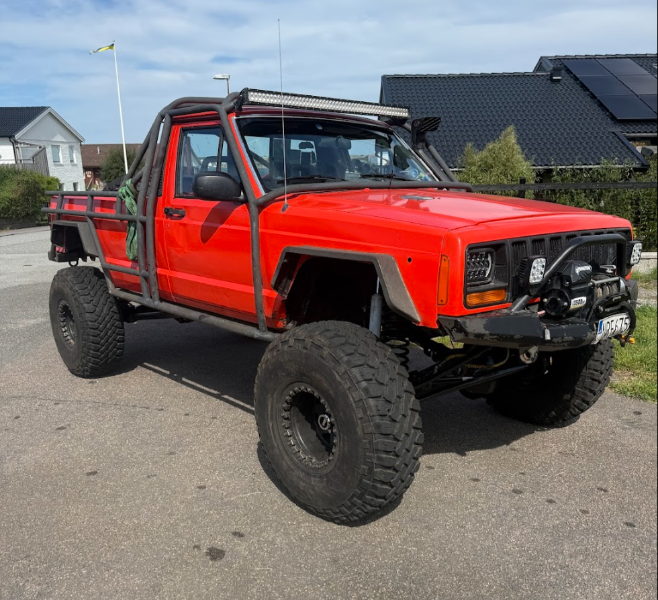
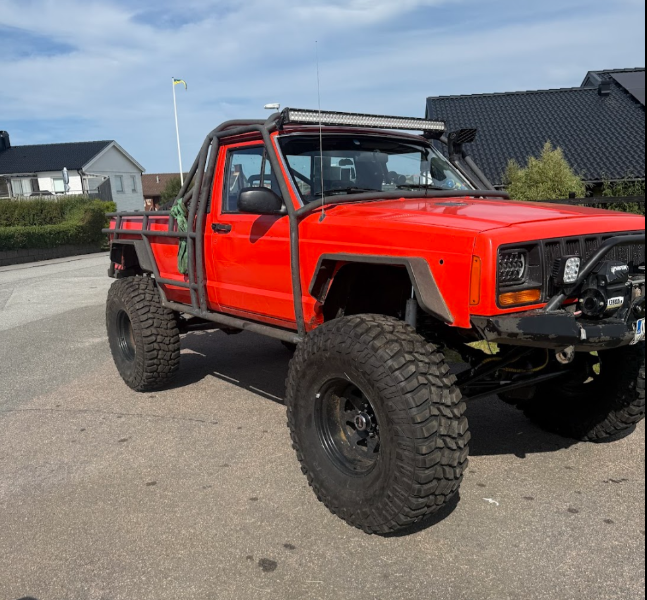
.thumb.jpg.1c80a5acd72f01d3b9ded3bfb499d0c9.jpg)
